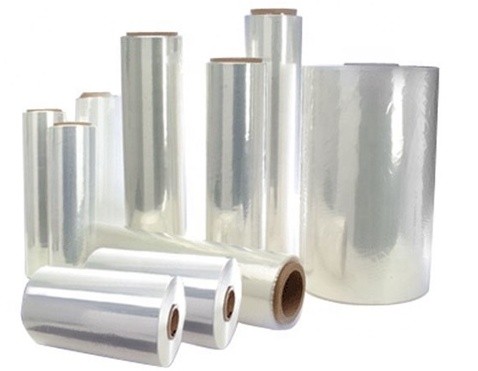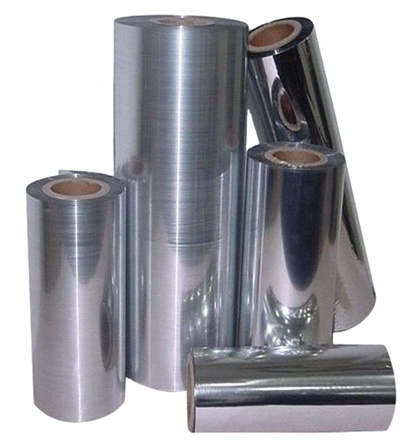Categories
New Blog
Packaging Substrate and Application
Jul 19, 2022As you know that printing Ink application depends on the printing method and printing substrate.
Flexographic printing is one of the major printing processes adopted for packaging. The packaging across various industries such as food and beverages, FMCG, pharmaceutical, health, cosmetics, industrial, agriculture…etc.
In this article, we will be exploring the 2 major substrates (materials) that are used in packaging including plastic film and metallic film.
Plastic Film
There are many categories of plastic film. The major category includes PE, PP, PET, Nylon, PVDC, PVC, and EVOH. Under the PE category, there are different variations that include LDPE, MDPE, HDPE, LLDPE, and MLLDPE. PE is the most common plastic in use today. Its primary application is for plastic bags, containers, and bottles. The PE class tends to be low in strength, hardness, and rigidity. It has good chemical resistance properties and absorbs almost no water. The PP category is the second most widely produced plastic after PE. PP is more economical to produce, tends to be more thermal resistant, and has a better transparency when compared to PE. However, it does not stand up to low temperature and chemical as well as the PE. Due to PP’s fatigue resistance and heat resistance property, it is commonly used in flip-top bottles, lids, and food containers, where repetitiveness is required and needs to stand up to heat without melting. There are two main types of PET, the BOPET, and CPET. The PET class is odorless and has good luster, strength, hardness, and rigidity. Is resistant to forces such as puncture, rubbing and is resistant to both high and low temperature. It is a very good material to use as a barrier. However, its is a costlier material to produce. PET is commonly used in packaging foods, food that can be warmed in the oven or microwave, bottles for drinks, and containers for sanitary products. Nylon has good strength and rigidity. At the same time, it has good flexibility and resistance to puncture. However, it absorbs water. Therefore, it is suitable for packaging products that require resistance to force and less resistance to humidity and water. PVDC and PVC are remarkable barriers against water, oxygen, and aromas. It has superior chemical resistance to alkalis and acids, is insoluble in oil and organic solvents. Commonly used in food preservation. EVOH has a very good resistance to oils and organic solvents. Therefore, it is commonly used in packaging greasy food products. It is also good for acting as a barrier toward gases like oxygen, nitrogen, and carbon dioxide. However, EVOH loses its good gas barrier properties when exposed to moisture.

Metallic Film
The most common metallic film adopted is aluminum foil. Aluminum is an excellent barrier towards light, ultraviolet, water, water vapor, and air. Aluminum has a good stiffness and visually provides a metallic luster. Aluminum is widely adopted in the pharmaceuticals, dairy, and food packaging industries. The setback of aluminum is its fragility. It has a weak tensile strength and a weak tear strength. Furthermore, It cannot be hot sealed in packaging. Due to these weak properties, aluminum is rarely used as a standalone. It is usually laminated with other substates during application.

The first step to successful packaging is to know your substrates. To understand the pros and cons of the substrate. To understand its mechanical property, chemical property, and visual property. How well would it perform with your printing ink and your downstream converting process? To evaluate all these factors so that you can obtain a suitable packaging for the product.